There are some color combinations that everyone knows and could guess what the result would be.
Most of us know that black and white makes grey, for example.
How it’s possible for you to mix blue and green?
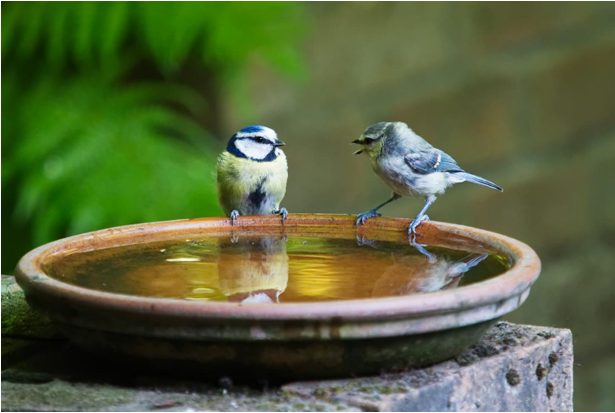
First, lets look at a few of the waysyou can practically mix blueand green.
First would be by mixing them together using various art tools and mediums.
One of the best mediums to use would be paints when mixing colors.
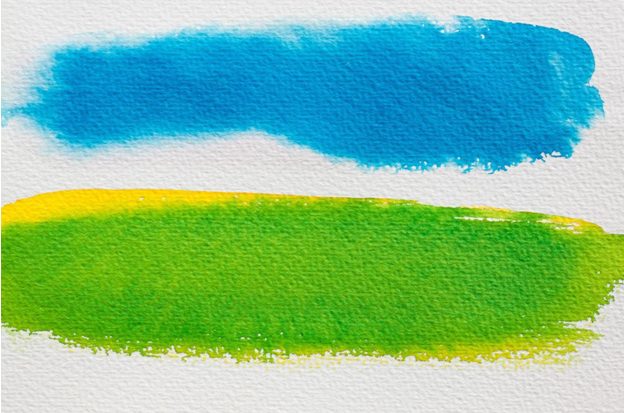
If youre more advanced, then you may wish to try out some oil painting.
Its worth remembering that this medium is costly and needs a lot of equipment.
Whichever medium you use, you are then ready to mix paints together.
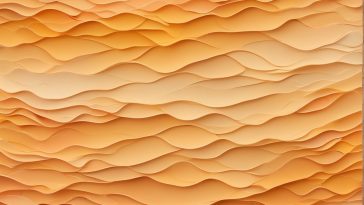
We will also cover how additional colors can be incorporated to further customize.
This is another thing we will cover in more detail as we proceed into the guide.
The subject youre painting will also make a big difference when choosing your colors and trying out different combinations.

Art is at least partially about being observant and being willing to put in the work to experiment.
Are blue and green a good combination to mix together?
So, now you may be wondering whether blue and green are even a good combination to begin with.

Depending on what youre trying to create, it absolutely can be!
Black and white equals grey, red and blue equals purple.
But what color does blue and green make?
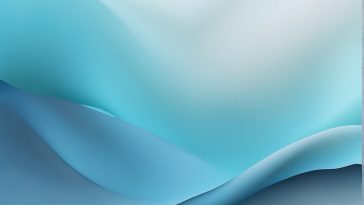
Dont worry, as we will definitely go into more detail on that shortly.
Mixing it can result in a lovely combination, but what about using blue and green alongside one another?
When it comes to colors, you generally have warm and cool colors.

Blue and green would both be examples of cool colors.
Because they are both colder shades, that means that they blend nicely with one another.
As always, this certainly depends on the kinds of results you want.
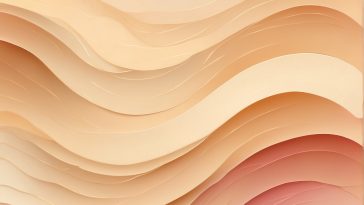
Luckily, that is exactly what we will be covering in the next step of this guide!
One of the biggest factors is the different shades you pick to mix together.
Not only that, but also the other colors you mix in to achieve the colors youre looking for.
This is something we will cover in much greater detail later on.
The same is true for cyan and any variations therein.
These two colorsare also far from being the only possibilities for mixing blue and green.
This can be anything you have lying around, as long as it has a relatively clean surface.
You would also want to verify the color of the object is not too dark if possible.
The best thing to use would be a sturdy piece of cardboard or a spare piece of canvas.
When experimenting, make a run at pay attention to the colors and amount of paint being used.
But now the question is what can you do with these pretty colors?
The answer to that is simply: whatever you need it to do!
As we mentioned in a previous step, blue and green are both cooler colors on the color spectrum.
Instead, more often than not you will probably be working with colder subject matter.
For one example, you might be painting the ocean.
The ocean is usually a shade of blue or green, and this can vary depending on different factors.
Taking a photo is a great way to do this if youre actually at the beach.
Then, try your best to mix these colors and blend them with the colors around them.
These colors could also be used for the sky or maybe even something like an icy glacier.
That is just a very small selection of colder subject matter these colors could be used for.
Finally, lets see how to mix these colors to achieve the shades that you are after.
For an example, we will pick something with very flat colors that you may want to paint.
For arguments sake, lets sayyoure painting a turquoise bucketin flat lighting.
Then, see if the color is dark or maybe a bit lighter.
take a stab at start off with the most neutral shades of blue and green that you could.
Mix them together and see how it looks.
If its not quite blue enough, give a shot to add a few spots of blue paint.
This is something that you will want to try and be careful with.
For instance, the bucket may have a subtle yellow hue to it.
You could add some yellows to the mix to do this.
Remember to try out lots of different combinations, as you never know what may result from your experiments!
Just remember to experiment and incorporate colors that you may not have thought of initially.
That way you will achieve any colors you could possibly want!
More From:Colors
Choose your perfect shade of Amber!
Choose your perfect shade of Beige
Choose your perfect shade of bright orange!
Choose the perfect shade of Aquamarine for you!
Choose your perfect shade of Celadon!
Choose your perfect shade of Champagne colors